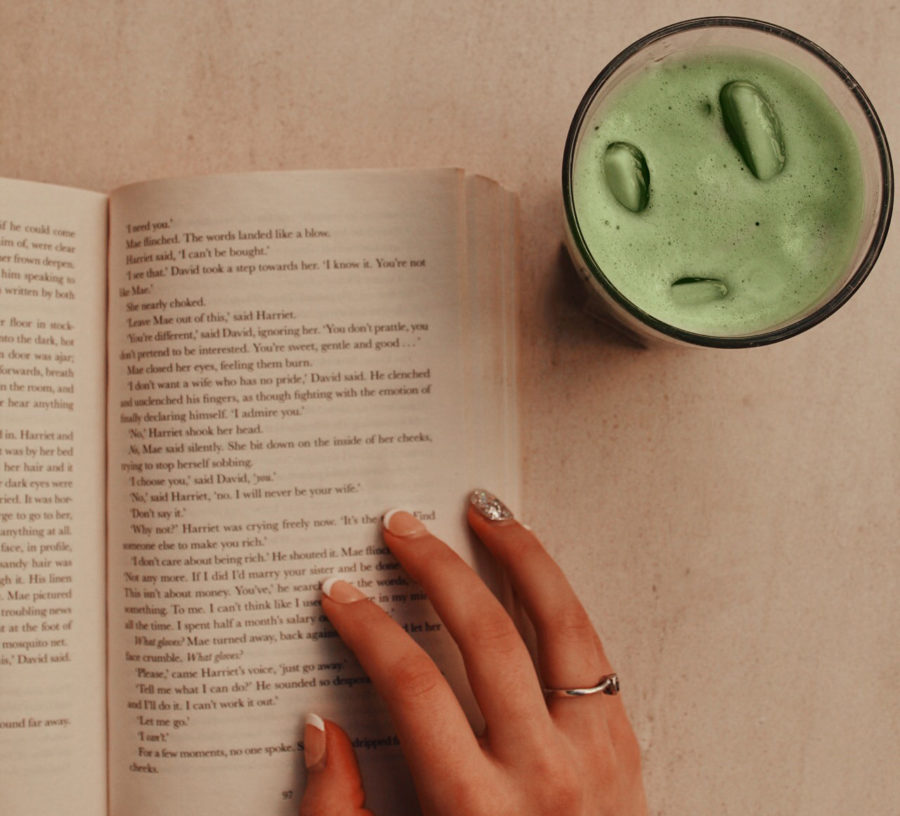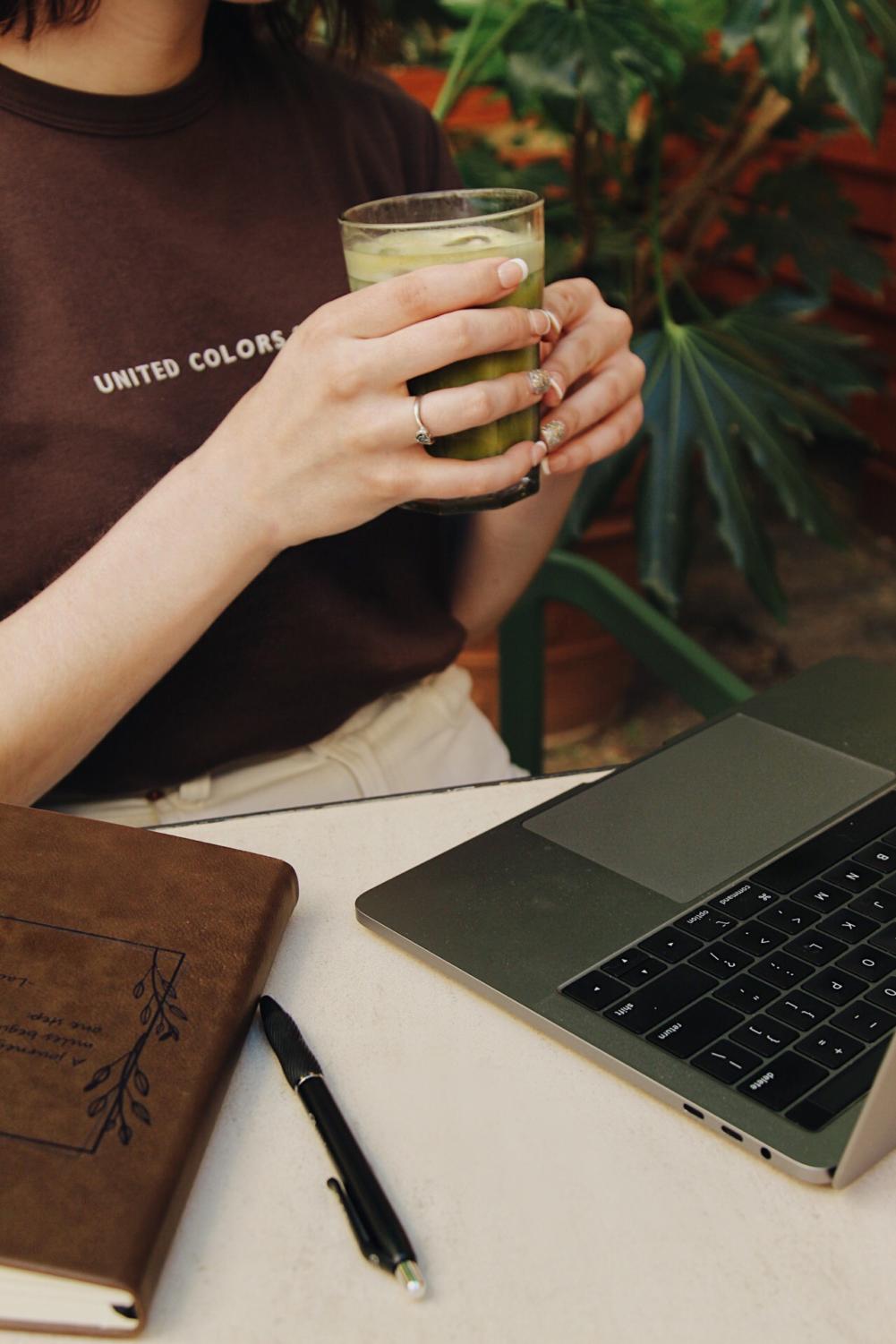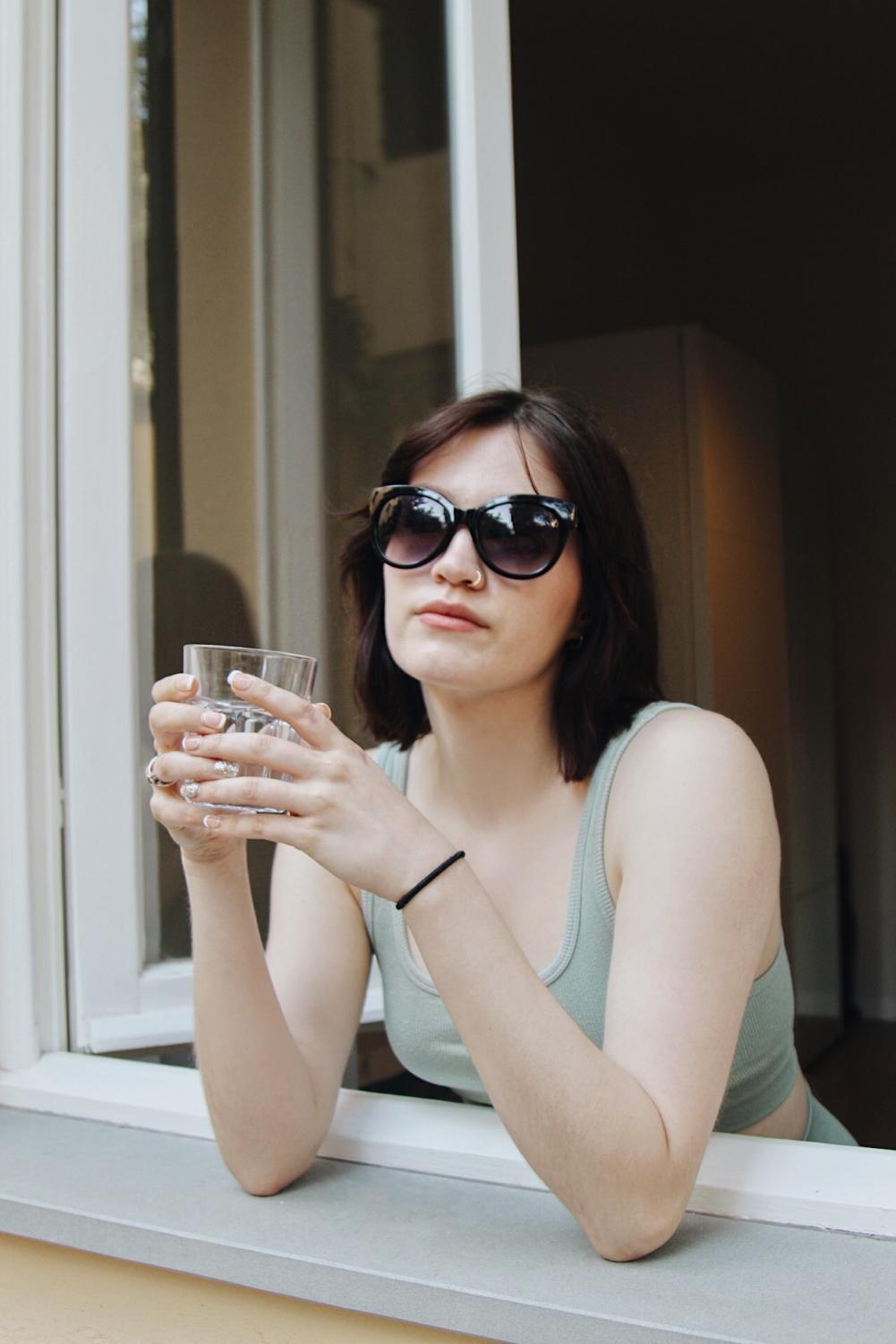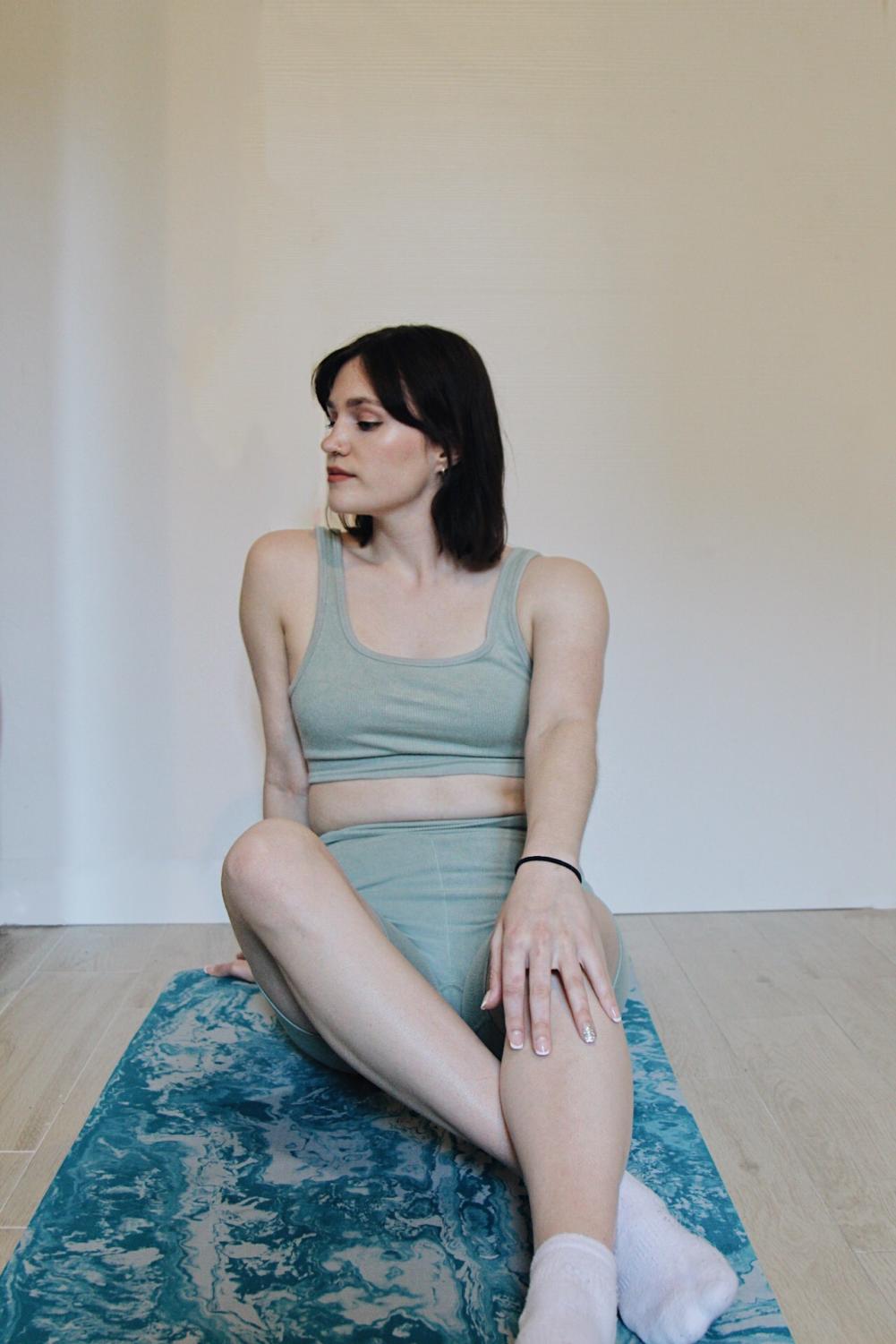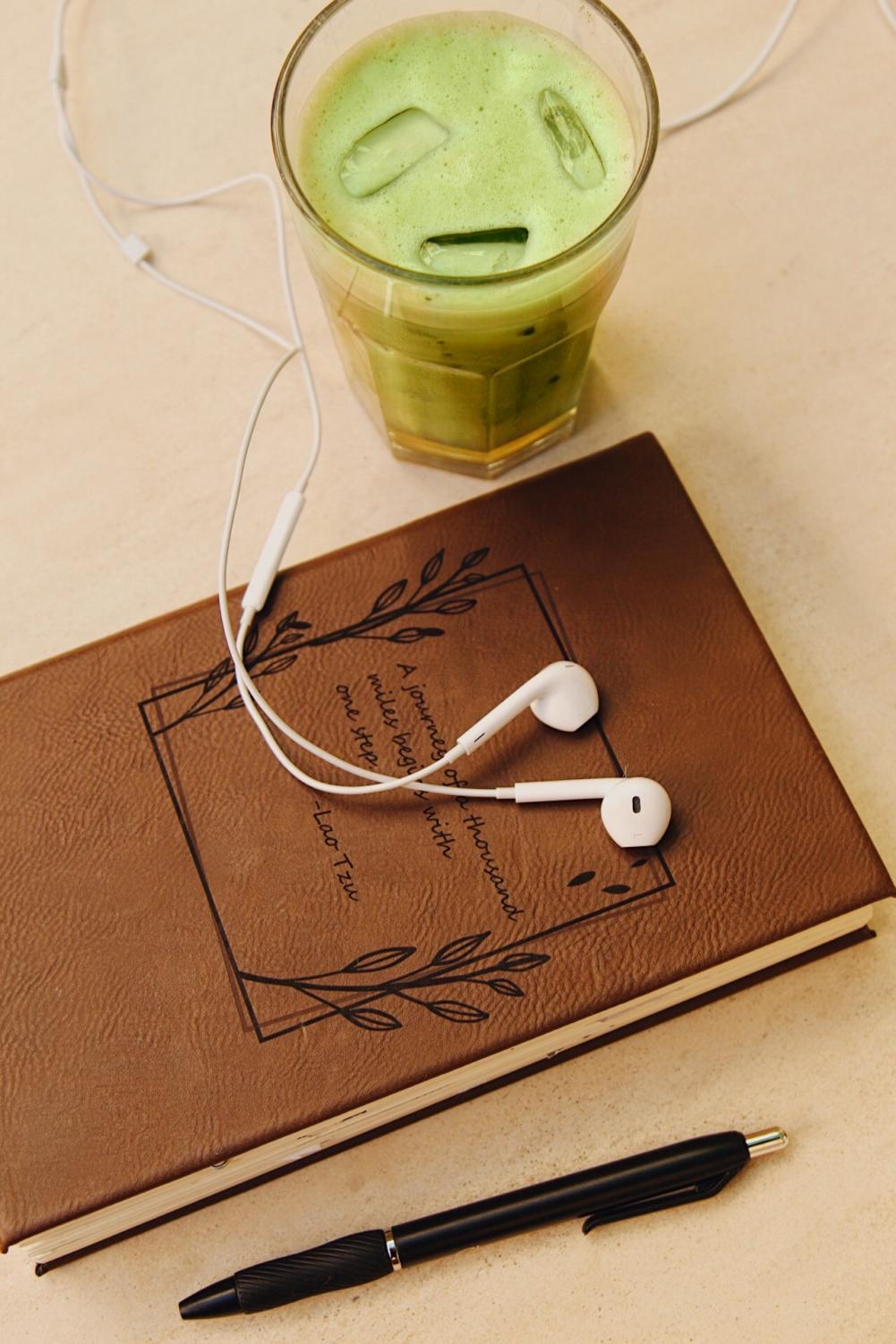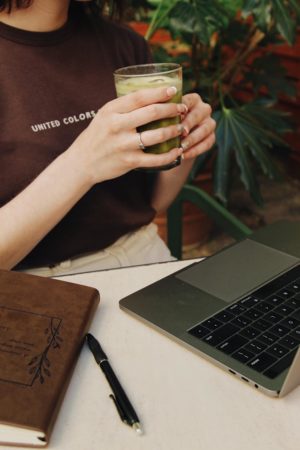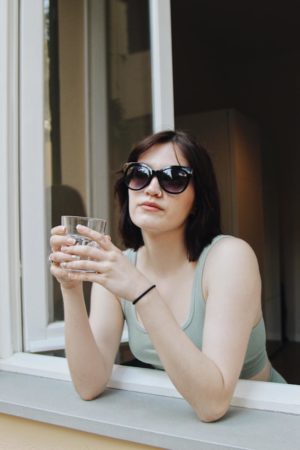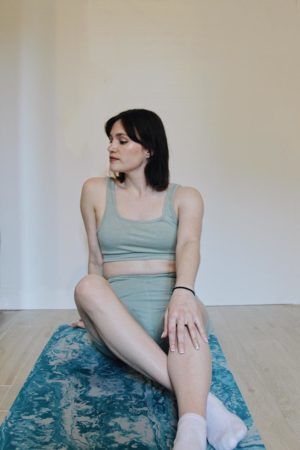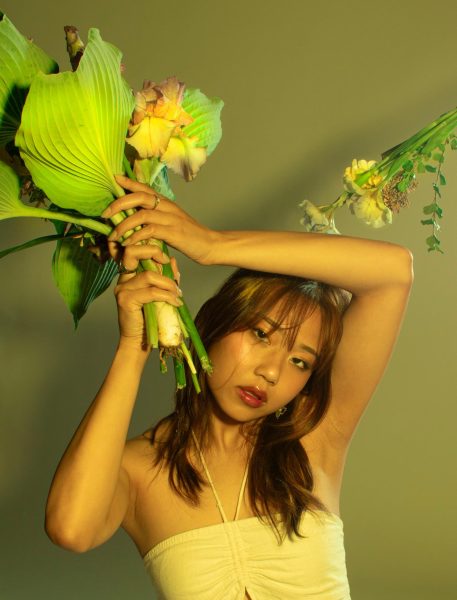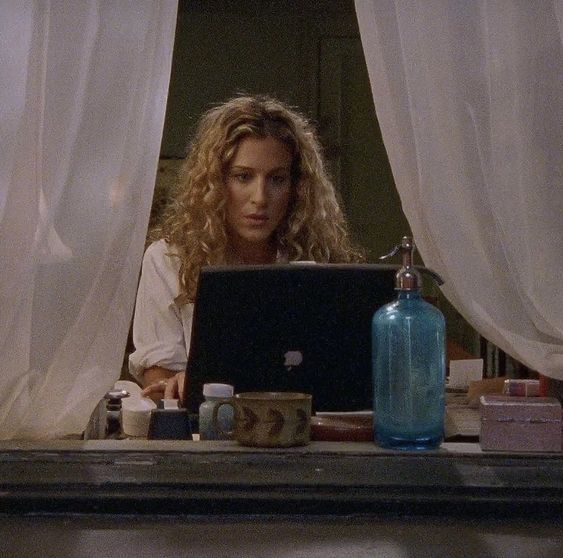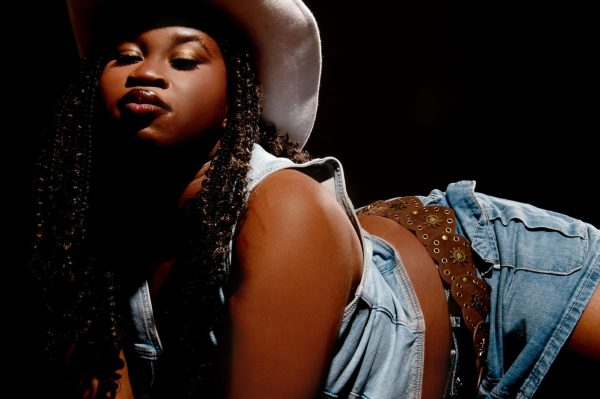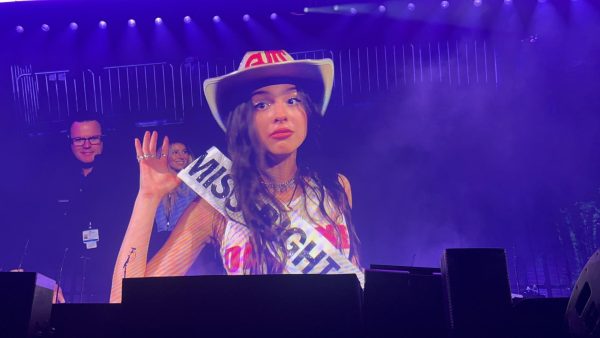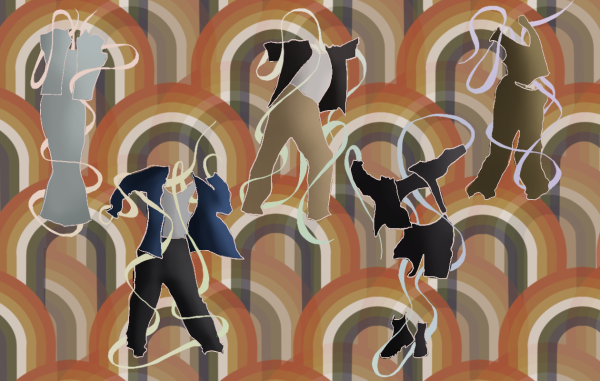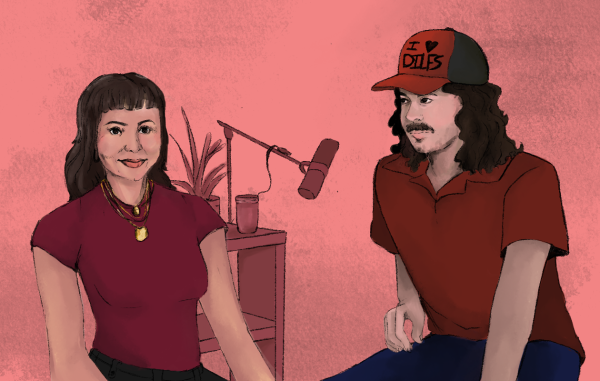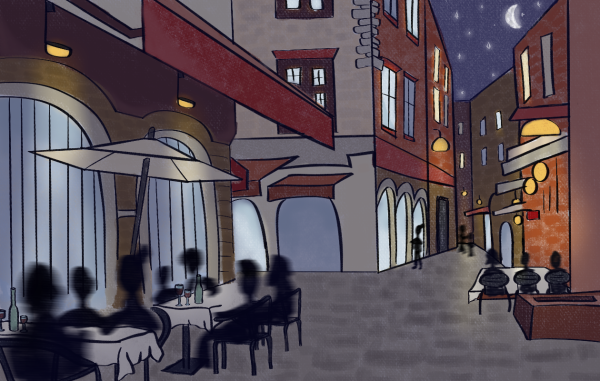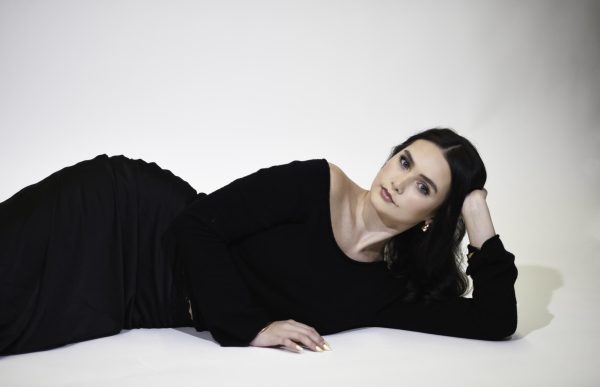the myth of ‘that girl’: the new wave of disguised diet culture taking over social media
She’s toned, she’s productive, she starts every day with a matcha and a meditation and she’s all over your TikTok for you page. But being “that girl” is also a lifestyle that promotes diet culture and unrealistic expectations for the young women targeted by this movement.
The “that girl” trend is all about coming out of the pandemic with a routine, usually revolving around a healthy diet and daily workout routine. It’s all about maximizing productivity and living in an aesthetically pleasing way. “That girl” wakes up early and has time to clean, journal, meditate, maintain a skincare routine, work out (in effortlessly fashionable gym clothes) and make healthy (and aesthetically pleasing) meals. And she documents it all in soft-toned pictures taken in a well-lit space. An inspiration to a wide audience, #thatgirl has over 3.7 billion views on TikTok. A simple YouTube search pulls up hundreds of video tutorials on “how to be that girl”. To many, following the “that girl” aesthetic allows them to fill their time in a more productive manner and focus on self-improvement, both physically and mentally. Junior fashion design major Palak Vyas said, “I think the ‘that girl’ trend has had a positive impact on me because the TikToks I watch on the trend have been about focusing on yourself and making self care the priority. Waking up to a good breakfast, working out and journaling are all things I am inspired by and strive to incorporate into my daily routine!”
While some use it as a guideline for self-fulfillment, others see the “that girl” aesthetic as an unattainable standard that is dangerous for young women to follow. “Honestly, the trend is just another way of putting pressure on girls to be, look or act a certain way,” said junior fashion merchandising student Alessia Liebovich. “I sort of feel like the entire idea of being ‘that girl’ is something that you can work towards, but that you can’t actually be… In reality, what defines you as being ‘that girl’? Is it one definition, or can I have my own definition?”
The “that girl” aesthetic makes a dangerous combination of being the ideal or perfect version of yourself by heavily emphasizing working out and healthy eating as a part of a daily routine. This seems to have a similar narrative as the eating disorder orthorexia, which the National Eating Disorder Association (NEDA) defines as “an obsession with proper or ‘healthful’ eating”. Because orthorexia is not recognized by the American Psychological Association as a mental health disorder, it is difficult to define and identify the condition in order to treat it. However, a 2017 study estimated that as many as 71% of college students engaged in behaviors that included typical symptoms of orthorexia. With social media movements like the “that girl” aesthetic and the intense gym culture that exists among high school and college students, young people are even more at risk for developing disordered eating habits. And since orthorexia isn’t officially diagnosable, many of these disordered eating patterns go unaddressed and untreated, which has the potential to create long term damage to one’s relationship with food and exercise.
Disguising disordered eating and diet culture as having a “healthy routine” is a phenomenon taking over today’s social media scene. On TikTok, #guthealth has over 1.2 billion views and is mostly full of skinny white girls talking about their “debloating” and “gut healing” journeys while sharing recipes that will supposedly help users improve their gut health and combat stomach bloating. However, dieticians on the app, including Abbey Sharp, are quick to point out that these videos often use little to no scientific background and are often a clever disguise for losing weight. Influencers can promote diet culture without facing the repercussions, and users can convince themselves that they don’t have issues with disordered eating. Additionally, Sharp explains that these types of videos cause young women to misdiagnose themselves with gut issues and villainize bloating, which is a completely natural occurrence for many. (Sharp provides further analysis in her YouTube video explaining the toxicity of the “that girl” aesthetic.)
Along with dieticians, some health and lifestyle influencers are highlighting the problems with the idea of being “that girl”, including YouTuber Zoeunlimited. In a video on her channel, Zoe highlights various issues with the “that girl” aesthetic, pointing out the lack of diversity in the aesthetic and the level of privilege that comes with being able to maintain that kind of lifestyle. She identifies the positive aspects of the aesthetic and gives viewers advice on how to improve their lives in a more sustainable and attainable way. Lifestyle YouTuber Linda Sun also gives viewers an alternative to the “that girl” routine in her recent video about her new healthy habits. Both Linda Sun and Zoeunlimited have one important element at the center of their health journeys that differentiate them from the influencers promoting the “that girl” aesthetic: balance. KSU student Sarah Cypcar, who teaches spin classes at the Kent State Recreation Center, remarks that she is not a fan of the aesthetic and believes that achieving a healthier lifestyle isn’t possible with a one-size-fits-all approach. “You should be your own person and create a routine that benefits your personal needs,” Cypcar said.
Like any other movement, the “that girl” aesthetic is full of nuances and can be interpreted in a multitude of ways. However, the most important thing to remember is that social media never paints the full picture; instead, it is a small snapshot into someone’s life, and users only see what influencers allow them to see, which often excludes the inevitable messiness of day-to-day living. You don’t need to follow the “that girl” agenda to be the best version of yourself; you can simply be you, and that is enough.
If you think you may be struggling with disordered eating, you are not alone. Seek help from a trusted professional or start by checking out these resources on the NEDA website.
Support Student Media
Hi, I’m Grace Avery, the Editor In Chief of A Magazine. My staff and I are committed to bringing you the most important and entertaining news from the realms of fashion, beauty and culture. We are full-time students and hard-working journalists. While we get support from the student media fee and earned revenue such as advertising, both of those continue to decline. Your generous gift of any amount will help enhance our student experience as we grow into working professionals. Please go here to donate to A Magazine.

